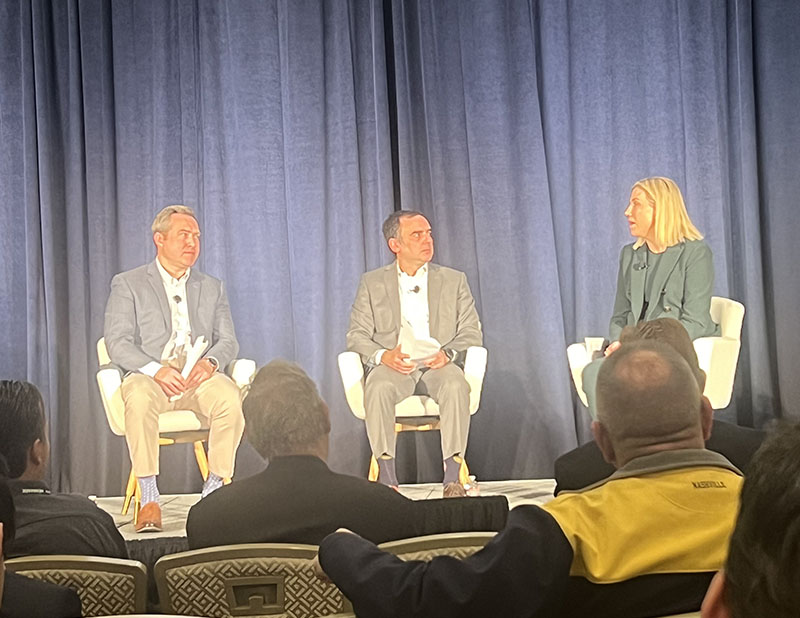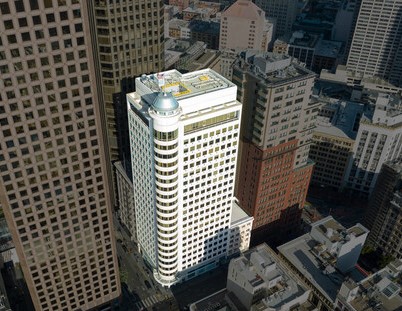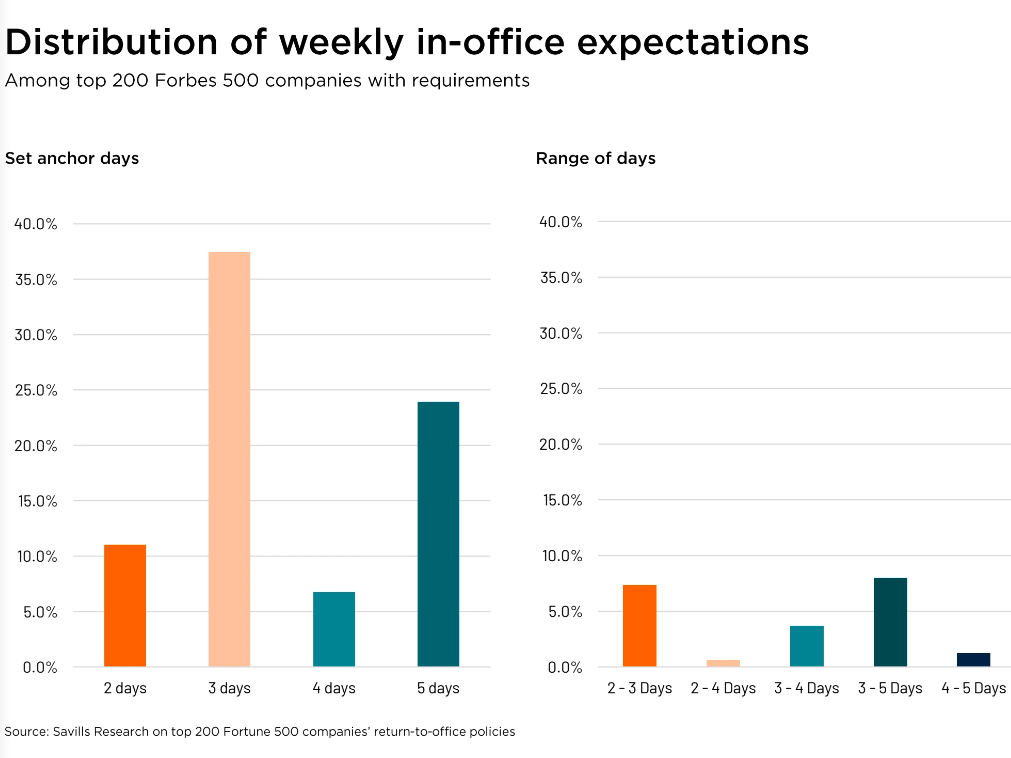ULI Special Report: The Dizzying Pace of Data Center Investment
Capital continues to pour into this sector and the checks are getting bigger.

No property type has gone from niche to institutional as fast as data centers, and none has changed so quickly.
One of the biggest shifts over the past 10 years has been the switch from multi-tenant and multi-story co-location facilities in urban settings to single-customer, single-story facilities in the suburbs.
“Pretty much everything we’re doing is a single customer per building if not a single customer for the entire campus,” said IPI Partners Managing Director Matt Weisberg during a data center session at the ULI fall conference in Las Vegas. “The density and economies of scale and everything really necessitate going with that.”
READ ALSO: Getting in the Heads of Data Center Tenants
Therefore, capital requirements for the core and shell and the MEP demands have risen “dramatically,” Weisberg added. “(With) our latest generation of buildings we’re doing, we easily have facilities that are going over $1 billion per facility because of the extreme density right now. And so capitalizing that…is getting much more interesting than it was at the very beginning.”
Fortunately, the amount of capital converging on the sector has increased significantly. The current wave of investment was ignited during Covid-19 when data centers were responsible for keeping us online for entertainment, shopping, work and education, according to Kristina Metzger, vice chair of CBRE Data Center Capital Markets.
“And suddenly it clicked for so many investors and individuals that no matter what’s going on in the macro economy, it doesn’t change our need to access data centers and information,” said Metzger said.
During that period, there was a 46 percent increase in “MDAs” (main distribution centers), CBRE found. The advent of AI created another push for investors.
Diverse strategies and investment types
Investors come to data centers with a variety of strategies—from development to core, and data centers offer diversity because they are not always thought of as real estate, Metzger noted. They are also considered infrastructure, “TMT” (technology, infrastructure and telecommunications) and project finance.
Meanwhile, investors are willing to write bigger checks. Five years ago, Metzger explained, there was a real bifurcation between powered shell investments (you provide the core and shell and some infrastructure while the tenant builds out the interior and critical infrastructure, maintains the space and operates it) and turnkey investments (you completely build out the space, maintain it and most likely operate it). Investors tended to favor shell investments as they learned the industry. As the property type has “institutionalized” and investors have grown more comfortable, there is now great interest in both powered shells and the more capital-intensive turnkey projects.
READ ALSO: Capital Is Ready for the Next Upcycle
The cost difference between turnkey and shell is about three to one, Weisberg noted. But demand for this data center type tends to outweigh power shell because many tenants are growing rapidly and don’t have the capacity to build out their own projects.
Not without risks
While the growth potential for data centers seems limitless, there are risks, including electric power, capital expenditures, economies of scale, obsolescence and environmental impacts, according to ULI/PwC’s Emerging Trends in real estate report.
Rob Morris, CEO of Skybox Data Centers, would put personnel. “There’s so few people that know how to design, build and operate data centers in the U.S.,” he told the audience. “So we’re just gasping for air in terms of finding, training and building new professionals in the space that can help us to scale because that takes some time.”







You must be logged in to post a comment.